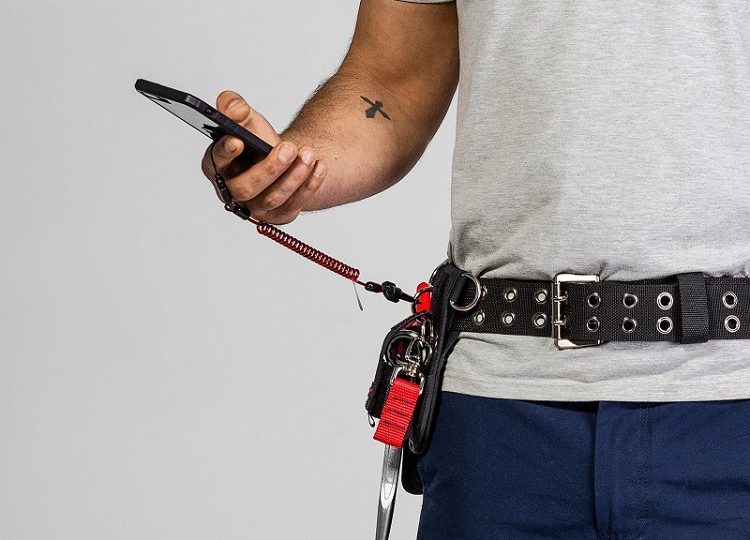
How to choose the right tool lanyard for the job
Tool lanyards are a crucial part of workplace safety when working from heights. These pieces of equipment help prevent injuries and fatalities by ensuring that tools can’t drop or get knocked off and fall on people on the ground. However, there are tons of different tool lanyards, and choosing the wrong one can result in accidents and expenses associated with repairing or replacing various tools.
If you are in the process of acquiring tool lanyards, here’s how to navigate the selection process.
Assess the Work Environment
Working conditions differ, and different ones will necessitate the use of different tools and lanyards. This means that the first thing you need to do is carry out an assessment, even if it’s a quick one. When doing so, start by looking at the height you’ll be working at, as it will also determine the distance your tools can fall. Besides that, will you be stable enough to carry heavy tools on your waist, or will you need a lanyard that can tie to distant anchor points?
From there, you can look at the space available for movement. Is it a house renovation task that requires moving around a lot or a utility tool repair job that needs you to be still? If the space is compact, you’ll need lanyards that don’t take up a lot of space, such as coil spring lanyards. Lastly, you should also look at the potential hazards your working environment poses. Are there sharp edges that could damage lighter lanyards, or will the lanyard be exposed to destructive chemicals? Considering these factors will help ensure both safety and convenience.
Consider the Tool Weight
Different lanyards are designed to support different weights. For example, coiled spring lanyards are meant for lighter items such as screwdrivers and pliers. If you use such a lanyard on a drill, the tether will slack and not serve the purpose it’s meant to. This means you need to assess the tools you’ll use and their weight.
When looking at lanyards at a site such as RS, you’ll realize that they are labelled with the maximum amount of weight they can bear. If you use one with tools that are much heavier than the allocated weight, you will be risking your own safety and that of people working below you. And even if it does the job, it won’t last as long as it’s meant to be.
If you are working with hammers, drills, and other heavier tools, consider more robust lanyards like webbing or retractable lanyards. You can always compare the weight of the tool with the weight indicated on the lanyard to get the right fit.
Determine the Type of Lanyard you Need
As there are different use cases of tools, there are different types of lanyards. These are meant for different types of jobs and tools, so you’ll need to understand them to make the right choice.
- Coiled Tool Lanyards: These have a coil that extends when in use. Otherwise, it stays compact and doesn’t take up much space. It’s meant to be used with lightweight tools.
- Webbing Tool Lanyards: These are made from strong, flat webbing material such as fibre. They are strong and durable, so they are suitable for heavier tools such as drills.
- Retractable Tool Lanyards: These lanyards come with a retraction mechanism that allows you to move, and it automatically retracts any slack. It works more like a car seat belt and is suitable for tasks requiring frequent movement.
- Stretch Tool Lanyards: These lanyards are made from elastic materials and are meant to provide stretch and flexibility. They won’t stretch excessively, but they’ll allow you to adjust the tools however you need to.
- Tie-Off Tool Lanyards: If you don’t want to deal with anchorage connectors, these are the lanyards for you. They can be wrapped around an anchor point and fastened back onto themselves.
Once you understand the different mechanisms they use and their advantages, you’ll be in a better position to select the right tool.









